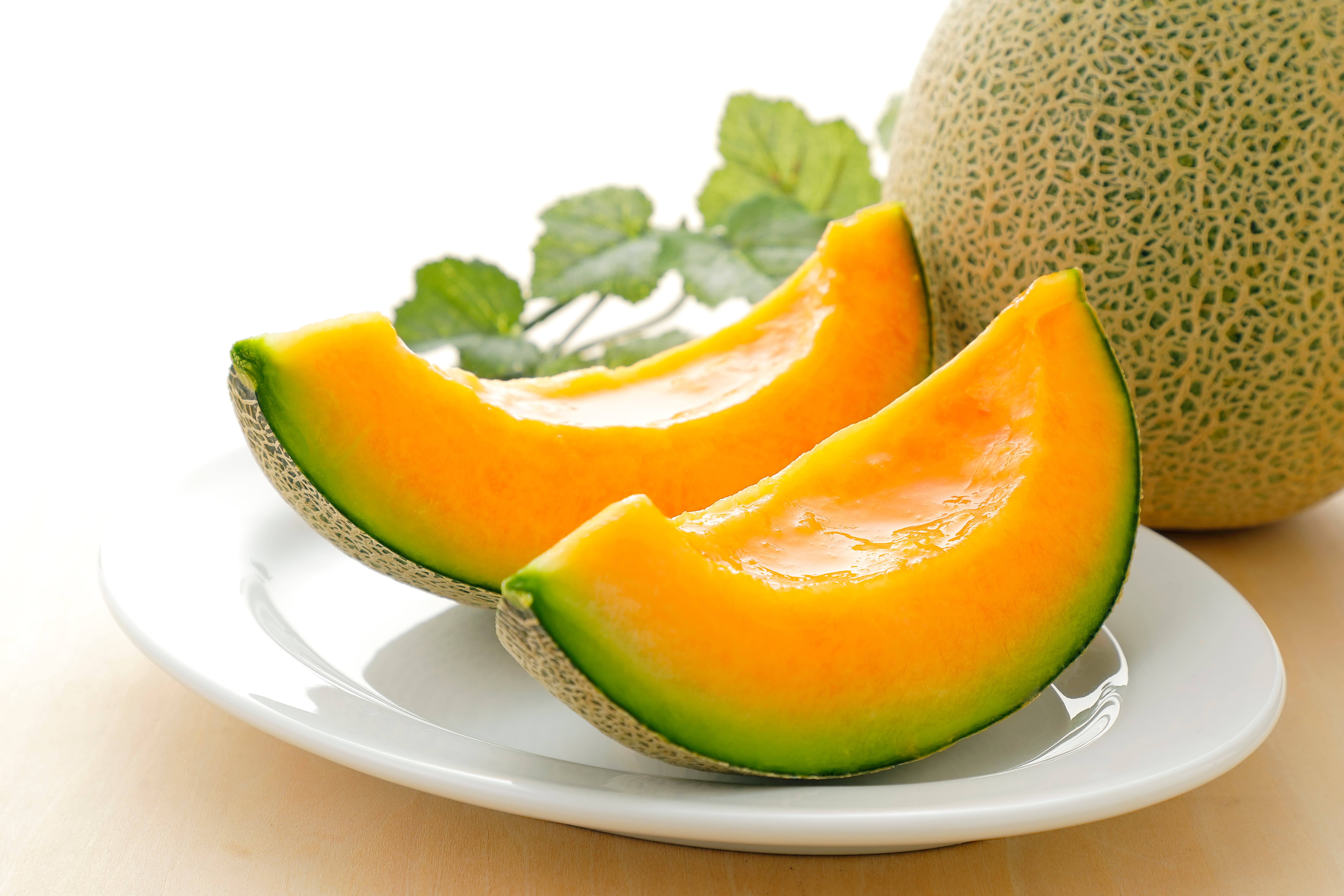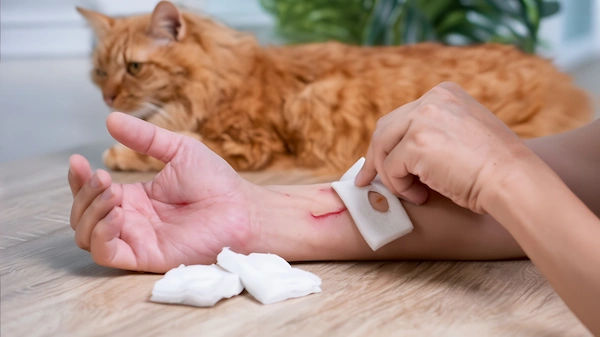Red Sandalwood in Ayurveda: Uses, Benefits, and Side Effects
Discover red sandalwood benefits for ayurvedic skincare, uses, safety, and side effects. Evidence-based tips, FAQs, and when to see a dermatologist.

Written by Dr. Rohinipriyanka Pondugula
Reviewed by Dr. D Bhanu Prakash MBBS, AFIH, Advanced certificate in critical care medicine, Fellowship in critical care medicine
Last updated on 27th Nov, 2025

Introduction
Red sandalwood (also called Rakta Chandan) has been used in Ayurveda for centuries, especially in face packs and body masks. Many people turn to it for soothing the skin, reducing excess oil, and improving overall complexion. If you’re curious about red sandalwood benefits for ayurvedic skincare, this guide explains what it can and can’t do, how to use it safely, and potential side effects. We’ll keep it simple, balanced, and based on reputable health information so you can make informed choices.
Consult Top Specialists
What Is Red Sandalwood?
Red sandalwood comes from the heartwood of the Pterocarpus santalinus tree. It is different from “true sandalwood” essential oil (from Santalum album), which is known for its aroma. Red sandalwood is typically used as a fine red-brown powder and is not naturally fragrant.
In traditional Ayurvedic skincare, red sandalwood paste has been applied to calm the skin, absorb oil, and add a temporary healthy glow. People also use it in body masks, especially in warm, humid weather to help the skin feel fresh.
Important Distinction
- Red sandalwood (Rakta Chandan, Pterocarpus santalinus): commonly used as a powder for topical skin applications.
- Sandalwood essential oil (Santalum album): a different plant and product, often used for aromatherapy and perfumery. Their properties and safety profiles are not the same.
Red Sandalwood Benefits in Ayurvedic Skincare
Ayurvedic texts and traditional practices have long described ways to use red sandalwood for healthy-looking skin. Here are the commonly cited, tradition-based uses you may see:
- Helps balance excess oil on the skin’s surface
- Soothes the feeling of heat and mild irritation on the skin
- Provides a short-term “polished” look after rinsing off a mask
- Used in face and body packs to support general complexion care
What Modern Evidence Says?
- Human clinical evidence specifically on red sandalwood powder for acne, pigmentation, or scars is limited. Most of what
we know comes from traditional use or laboratory (test-tube and animal) studies on related plant compounds. Lab studies
can suggest possibilities (such as antioxidant or skin-soothing potential), but they do not prove benefits for people. - Because strong human studies are lacking, it’s best to view red sandalwood as a gentle, traditional skincare ingredient
rather than a medical treatment.
Bottom line: If you enjoy plant-based skincare, red sandalwood may be a pleasant addition to your routine for a temporary refreshed feel and to help manage surface oil. But if you are dealing with persistent acne, eczema, melasma, or scars, talk to a dermatologist for proven treatments.
How to Use Red Sandalwood Safely on Skin?
If you’d like to try red sandalwood at home, keep it simple and gentle.
Basic Face Pack (General Routine)
- Patch test first (see below).
- Mix 1 teaspoon of red sandalwood powder with clean water or rose water to form a smooth paste.
- Apply a thin layer to clean, damp skin.
- Leave on for 10–15 minutes.
- Rinse with lukewarm water and pat dry; follow with a moisturizer and sunscreen in the morning.
How Often To Use?
- Start 1–2 times per week. Increase only if your skin tolerates it well.
- Sensitive or dry skin types may prefer once weekly or less.
Helpful Combinations
- Oily skin: combine with a gentle clay (like kaolin) and water.
- Dry or sensitive skin: combine with plain yogurt or aloe gel for extra comfort.
- Avoid mixing with strong acids or retinoids to reduce the risk of irritation.
Patch Test Instructions
- Mix a tiny amount of the product as you would use it on your face.
- Apply to a small area on the inner forearm.
- Wait 24–48 hours. If redness, itching, bumps, or burning occur, do not use it on your face or body.
Who Should Be Cautious Or Avoid Use?
- Anyone with a history of allergic contact dermatitis or easily irritated skin
- Those with active eczema, psoriasis, broken skin, or open wounds
- People who are pregnant or breastfeeding (safety data for topical or oral use is limited; it’s safest to avoid)
- Children and teens with sensitive skin
- Anyone using prescription skincare (retinoids, acne treatments, or skin-lightening medications) should consult a clinician before adding new products.
Possible Side Effects and Risks
Even natural ingredients can cause reactions. Known or potential issues include:
- Skin irritation or allergy: Some people can develop redness, itching, or a rash. This is why patch testing matters. If you develop irritation, stop using it and seek medical advice if symptoms persist.
- Eye irritation: Like any powder, it can irritate the eyes. Avoid the eye area and rinse thoroughly if contact occurs.
- Staining: The powder is highly pigmented and can stain clothing, towels, and light-colored surfaces.
- Unknown interactions: There’s limited data on how red sandalwood interacts with other active skincare ingredients. Introduce it slowly and avoid layering with multiple new activities at once.
- Oral use: Do not ingest red sandalwood powder without medical supervision. Safety and dosing for oral use are not well
established in modern research.
Quality and Buying Tips
Herbal products vary widely in quality. To reduce risks:
- Choose reputable brands that follow good manufacturing practices.
- Look for products with ingredient lists, batch numbers, and supplier transparency.
- Avoid products with added artificial dyes or unknown colorants.
- Consider brands that provide a certificate of analysis (CoA) or third-party testing for contaminants.
- Store in a cool, dry place, away from direct sunlight, tightly sealed.
Sustainability Note
- Some traditional woods face overharvesting pressures. When possible, choose products that are responsibly sourced and
comply with local and international regulations. Reputable sellers should be able to share sourcing information.
When to See a Dermatologist?
- Acne that is painful, cystic, or scarring
- Pigmentation that is spreading or not improving
- Persistent rashes, itching, or irritation after using any product
- Any skin changes that worry you
A Dermatologist or primary care clinician can help you choose treatments that are proven to work and safe for your skin type. You can still enjoy traditional ingredients like red sandalwood as part of a supportive routine, but medical issues deserve medical care.
What Does Science Say?
- Traditional use: Red sandalwood has a long history in Ayurveda for topical application. Tradition can guide how people
use it, but tradition alone does not confirm medical effects. - Laboratory findings: Some lab studies on plant constituents suggest antioxidant and soothing properties, but lab data do
not equal clinical results in people. - Clinical trials: There is a shortage of high-quality, peer-reviewed human trials specifically on topical red sandalwood
powder for acne, pigmentation, wrinkles, or scars. - Safety: Major medical organizations emphasize patch testing and caution with botanicals due to the risk of contact
dermatitis and the variability in product quality.
If you’re exploring red sandalwood benefits in ayurvedic skincare, the best approach is to combine traditional wisdom with modern safety steps and realistic expectations.
Practical Routine Suggestions
If your goal is to incorporate red sandalwood into a balanced skincare plan:
Morning
- Gentle cleanser
- Antioxidant serum (like vitamin C), if you already tolerate it
- Moisturizer
- Sunscreen SPF 30+ every day
Evening
- Gentle cleanser
- Red sandalwood mask 1–2 times weekly, followed by moisturizer
- On non-mask nights, a simple fragrance-free moisturizer
Tips For Sensitive Skin
- Keep routines minimal, fragrance-free, and free of harsh exfoliants.
- Add one new product at a time and wait at least 1–2 weeks before adding another.
Balanced Expectations
- Short term: You may notice skin feels calmer and looks fresher after a mask.
- Long term: For concerns like acne, hyperpigmentation, or fine lines, evidence-based treatments prescribed or
recommended by a dermatologist will generally work better. Red sandalwood can be a complementary, tradition-based
step, not a cure.
Consult Top Specialists
Consult Top Specialists

Dr. Pepsy Jose
Panchakarma Practitioner
14 Years • BAMS, MD Ayurveda (Panchakarma)
Bengaluru
AYURRHYTHM HOLISTIC CLINIC AND PANCHAKARMA THERAPY, Bengaluru

Dr. Anjan Das
Ayurveda Practitioner
8 Years • Ayurvedacharya ( B.A.M.S )
Dumdum
Vedhive Ayurveda Clinic, Dumdum

Dr. Shiv Prakash Singh
Ayurveda Practitioner
19 Years • BAMS
Kolkata
Vedhive Ayurveda College Street, Kolkata

Dr. Rik Sadhukhan
Ayurveda Practitioner
8 Years • BAMS
Kolkata
Vedhive Ayurveda, Ballygunge, Kolkata
Consult Top Specialists

Dr. Pepsy Jose
Panchakarma Practitioner
14 Years • BAMS, MD Ayurveda (Panchakarma)
Bengaluru
AYURRHYTHM HOLISTIC CLINIC AND PANCHAKARMA THERAPY, Bengaluru

Dr. Anjan Das
Ayurveda Practitioner
8 Years • Ayurvedacharya ( B.A.M.S )
Dumdum
Vedhive Ayurveda Clinic, Dumdum

Dr. Shiv Prakash Singh
Ayurveda Practitioner
19 Years • BAMS
Kolkata
Vedhive Ayurveda College Street, Kolkata

Dr. Rik Sadhukhan
Ayurveda Practitioner
8 Years • BAMS
Kolkata
Vedhive Ayurveda, Ballygunge, Kolkata
More articles from General Medical Consultation
Frequently Asked Questions
1) Is red sandalwood the same as sandalwood essential oil?
No. Red sandalwood (Pterocarpus santalinus) is a red-brown wood powder used topically in Ayurveda. Sandalwood essential oil comes from a different tree (Santalum album) and is used for aroma. They have different properties and safety considerations.
2) Can red sandalwood remove acne scars or dark spots?
There is not enough high-quality clinical evidence to show that red sandalwood removes scars or pigmentation. Some people use it as a supportive mask for a fresher look, but established treatments from a dermatologist are more reliable for scars and dark spots.
3) Is red sandalwood safe for sensitive skin?
It can still cause irritation or allergy, so patch test first. If you have very sensitive skin, eczema, or ongoing rashes, talk to a dermatologist before trying new botanicals.
4) Can I use a red sandalwood mask every day?
Most people don’t need daily use. Start 1–2 times weekly. If your skin tolerates it well, you can adjust, but daily use may increase the risk of irritation.
5) Is it safe to ingest red sandalwood powder?
Do not self-medicate with oral red sandalwood. Safety, dosing, and interactions are not well established. Always consult a qualified healthcare professional before taking any herbal product by mouth.




